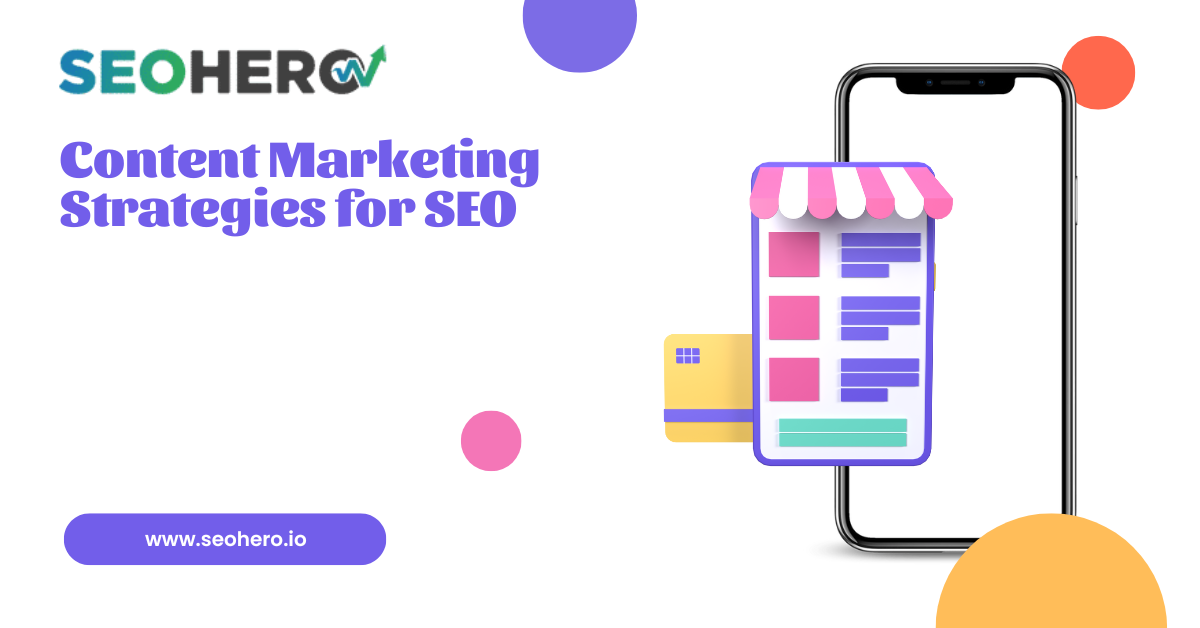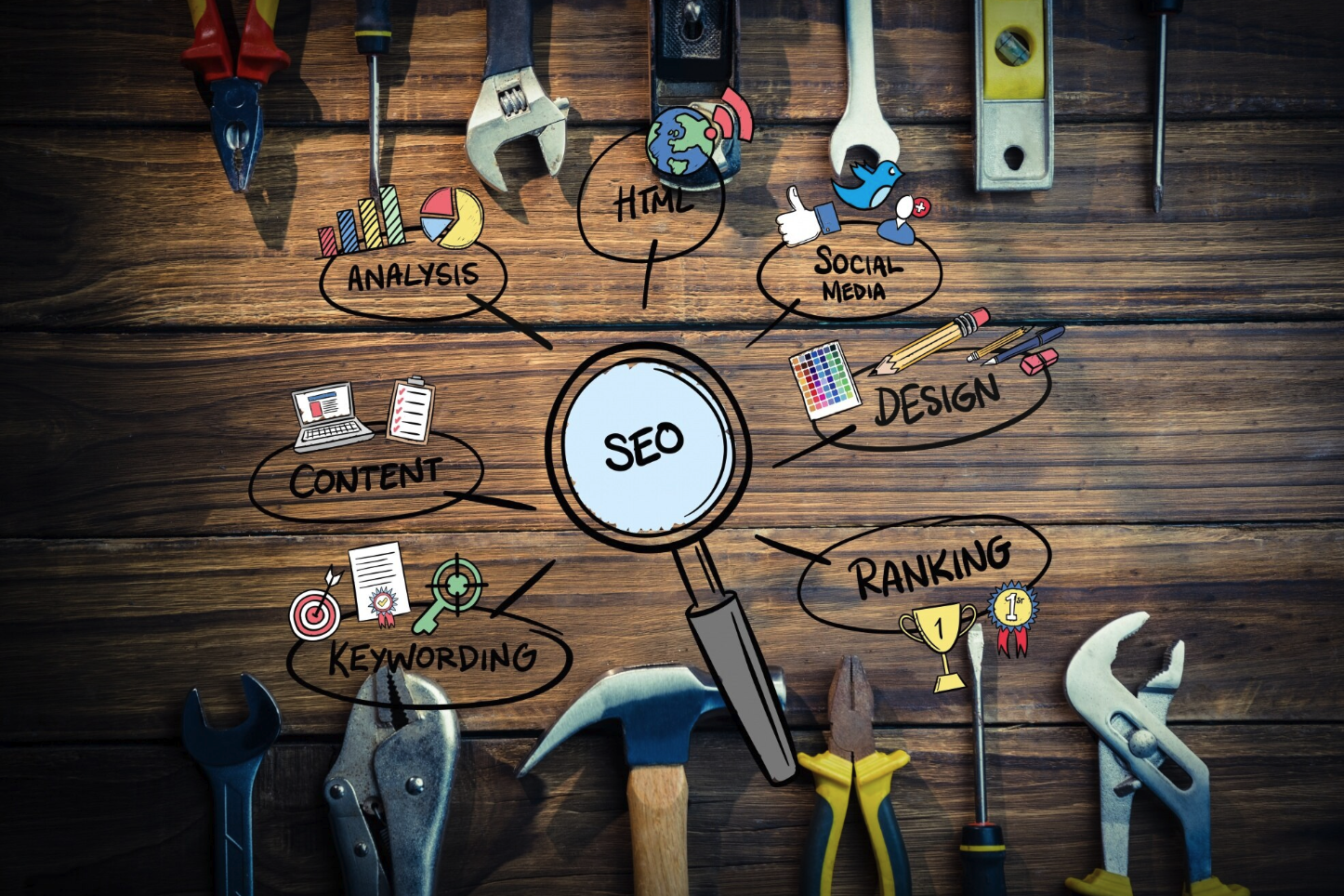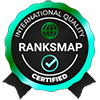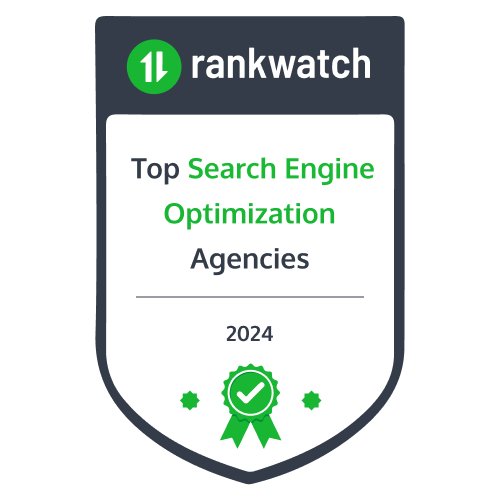
Content Marketing Strategies for SEO

Image source: Freepik
If you want your website to rank higher in search engine results, content marketing is a powerful tool to boost SEO. Incorporating multimedia like videos, images, and infographics can greatly improve visitor engagement and lead to better rankings. These elements encourage users to stay on your site longer, signaling to search engines that your content is valuable. Given that 96.55% of content gets no search traffic from Google, optimizing multimedia can help your content stand out and attract more visitors.
To make the most of multimedia, ensure that files are optimized through compression to avoid slowing down your site. Use descriptive tags and filenames to help search engines index your content properly. These adjustments will significantly improve your site’s visibility and SEO performance.
Understanding SEO Fundamentals
SEO, or Search Engine Optimization, is the cornerstone of increasing your website’s visibility on platforms like Google. It’s not just about adding keywords; it’s about knowing how search engines operate and what they value when ranking sites. A solid understanding of SEO starts with recognizing how algorithms rank websites based on relevance, authority, and usability.
Search engines aim to provide the best results for a user’s search query. To do this, they evaluate how well a page meets user needs. This is where user intent becomes crucial. People search with specific intentions—whether they are looking for information, comparing options, or ready to buy. If your content satisfies the search intent, your site has a better chance of ranking higher. For example, someone searching for “best running shoes” wants product recommendations, not a history of shoes.
Importance of Keyword Research
Keyword research is essential to ensure your content aligns with what people are searching for. This process involves finding keywords that are relevant to your business and align with the search queries of your target audience. But it’s not just about volume—quality matters.
- Search Intent: Before choosing a keyword, you need to understand the reason behind the search. Is the user seeking information, looking for a product, or solving a problem? Tailoring your content to match the intent helps attract more relevant visitors.
- Competitor Analysis: Checking what keywords your competitors are ranking for can reveal gaps in your strategy. Look for keywords they may have missed or weakly targeted, and capitalize on those opportunities to attract traffic they’re not capturing.
- Long-Tail Keywords: These are more specific phrases with lower competition but higher conversion potential. Targeting long-tail keywords allows you to reach users who are further along in the buying process and more likely to convert.
Crafting Compelling Headlines
Headlines are the first impression your content makes on potential readers, so they need to be captivating. A strong headline not only grabs attention but also sets the right expectations for the content. Crafting headlines that resonate with readers is both an art and a science.
Good headlines tap into the reader’s curiosity or emotion while promising a benefit. They must also be clear and direct—no clickbait. Emotional triggers, such as excitement, urgency, or curiosity, can increase the chances of a click, but your content must deliver on the headline’s promise.
Testing different headlines is crucial to understanding what works best. A/B testing allows you to try out multiple headlines and see which ones lead to higher engagement. Through experimentation, you’ll identify patterns that connect with your audience.
Structuring Content for SEO

Image source: Freepik
The structure of your content is critical for both SEO performance and keeping your readers engaged. A well-organized website not only helps users find the information they’re looking for more easily, but it also makes it easier for search engines to index your pages effectively. A cluttered or poorly structured site can confuse both human visitors and search engine crawlers, leading to lower engagement rates and reduced rankings.
To start optimizing your content structure, one of the most important steps is using clear, hierarchical headings. Break your content into sections and subsections, and ensure you are using appropriate heading tags like H2 for main sections and H3 for sub-sections. This strategy improves readability by allowing users to quickly scan and locate the most relevant parts of your content. For search engines, it provides clarity on the flow and importance of each section, helping them understand the hierarchy of your content. For instance, if you’re writing an in-depth guide, use H2 for broader categories like “SEO Basics,” then use H3 for subtopics such as “Keyword Research” and “On-Page Optimization.” This clear structure not only helps readers but also signals to Google that your content is organized and user-friendly.
Next, focus on creating topic clusters—a powerful strategy for SEO. Rather than writing standalone articles on isolated topics, structure your content around a central theme or topic (often called a “pillar” page) and link related subtopics back to it. For example, if your pillar topic is “Content Marketing Strategies,” your subtopics could cover areas like “SEO for Content Marketing,” “How to Use Infographics,” or “Creating Engaging Blog Posts.” All of these should link back to the pillar page, forming a connected cluster of relevant content. This not only helps search engines understand that your site is authoritative on the topic, but also keeps users engaged as they explore related content, increasing their time on site and reducing bounce rates.
Additionally, ensure that each section of your content remains focused on one main idea. Overloading a single section with too many different points can confuse the reader and weaken the SEO value of the content. Instead, stick to one topic per section and expand thoroughly on it. For example, if you’re discussing “How to Perform Keyword Research,” don’t start talking about backlink strategies within the same section. Instead, give keyword research its own space, elaborate on tools and techniques, and guide the reader through actionable steps. This clarity helps search engines index the content more efficiently and enhances user comprehension.
Another key tactic is ensuring that your content interlinks naturally. Whenever relevant, link to other articles or pages on your site to guide readers through a logical journey. Internal linking not only increases time on site but also distributes SEO “link juice” across your pages, boosting the authority of your site as a whole. For instance, if you mention a specific tool or strategy that’s covered in another blog post, link to it directly. This keeps users engaged and provides them with additional resources without them having to leave your site to search elsewhere.
Finally, optimize your URL structure for better navigation and SEO. URLs should be simple, descriptive, and easy to read. Instead of using generic or confusing URLs like “/page=1234,” create descriptive URLs that reflect the content of the page, such as “/content-marketing-strategies.” Clean, descriptive URLs make it easier for search engines to understand the topic of the page, which improves your chances of ranking for relevant keywords. Additionally, a clean URL structure enhances user trust and improves click-through rates in search results.
By implementing these strategies, you will create a well-structured, easy-to-navigate website that is optimized for both SEO and user experience. This, in turn, can lead to higher rankings, more engaged readers, and better overall website performance.
Utilizing Meta Tags Effectively
Meta tags provide information about your webpage to search engines and influence how your site appears in search results. The most important meta tags for SEO are the meta description, title tag, and image alt tags.
Meta descriptions can encourage users to click on your link. Make sure the description accurately summarizes the page content and is compelling, keeping it under 160 characters. Title tags should include your primary keyword and be concise yet descriptive. Alt tags, on the other hand, describe images for both accessibility and SEO purposes, ensuring your images are properly indexed by search engines.
Integrating Multimedia Elements
Multimedia elements, such as videos, infographics, and images, enhance the user experience and can lead to better engagement metrics, which positively impacts SEO. Videos can simplify complex topics and keep visitors on your site longer, signaling to search engines that your content is relevant. Always ensure videos are high-quality, and include transcripts or descriptions for SEO purposes. Infographics are visually engaging and easy to share. They’re great for presenting data or summarizing key points in a way that’s digestible for users. Optimizing these elements with proper file compression and alt text is essential for improving page load times and SEO performance.
Importance of Mobile Optimization
With the rise of mobile browsing, optimizing your site for mobile devices is no longer optional—it’s essential. Google’s mobile-first indexing means your site’s mobile version is now the priority when search engines evaluate it. Poor mobile performance can lead to lower rankings, so ensuring a seamless mobile experience is key.
To optimize your site for mobile devices:
- Responsive Design: Ensure your website automatically adjusts to fit any screen size, whether it’s a smartphone, tablet, or desktop. This improves user experience and reduces bounce rates.
- Page Speed: Mobile users expect fast loading times. Compress images, minimize code, and leverage browser caching to ensure your site loads quickly on mobile devices.
Leveraging Social Media Signals
Image source: Freepik
While social media engagement doesn’t directly influence search rankings, it can boost your SEO efforts by increasing visibility and driving traffic to your website. More traffic and backlinks from social media can indirectly improve your rankings.
Creating shareable content that resonates with your audience is key. The more your content is shared, the more exposure your site gains, potentially attracting more backlinks and driving traffic. Partnering with influencers who align with your brand can help amplify your content, reaching a broader audience and increasing traffic.
Building Quality Backlinks
Backlinks are one of the most critical factors in SEO. When authoritative sites link to yours, search engines view it as a vote of confidence, boosting your site’s credibility and rankings. Here are some effective strategies for building high-quality backlinks:
- Guest Posting: Write articles for reputable sites in your niche. In return, you can include a link back to your website, earning valuable backlinks while reaching a new audience.
- Link Reclamation: Find mentions of your brand online where there isn’t a link, and reach out to site owners, asking them to convert those mentions into backlinks.
Analyzing SEO Performance
SEO is a long-term strategy, and tracking your results is key to understanding what’s working and what needs improvement. Regularly analyze the following metrics to optimize your approach:
- Traffic Metrics: Tools like Google Analytics can show you how much traffic your site receives and which pages perform best. If your traffic isn’t increasing, it may be time to revisit your content and SEO tactics.
- Conversion Rates: It’s not just about driving traffic—it’s about converting that traffic into meaningful actions, such as sign-ups or purchases. Low conversion rates may indicate you’re attracting the wrong audience or your site isn’t compelling enough.
Conclusion
SEO is an ongoing effort that requires a balance of content strategy, technical optimization, and user experience. By focusing on keyword research, structuring your content properly, leveraging multimedia, and building strong backlinks, you can create a solid foundation for SEO success. Continuously monitor your performance and make adjustments to ensure your strategy evolves with changes in search algorithms and user behavior.
Consistency is key—keep refining your content, engaging with your audience, and analyzing your results to ensure your site remains competitive in search rankings.




